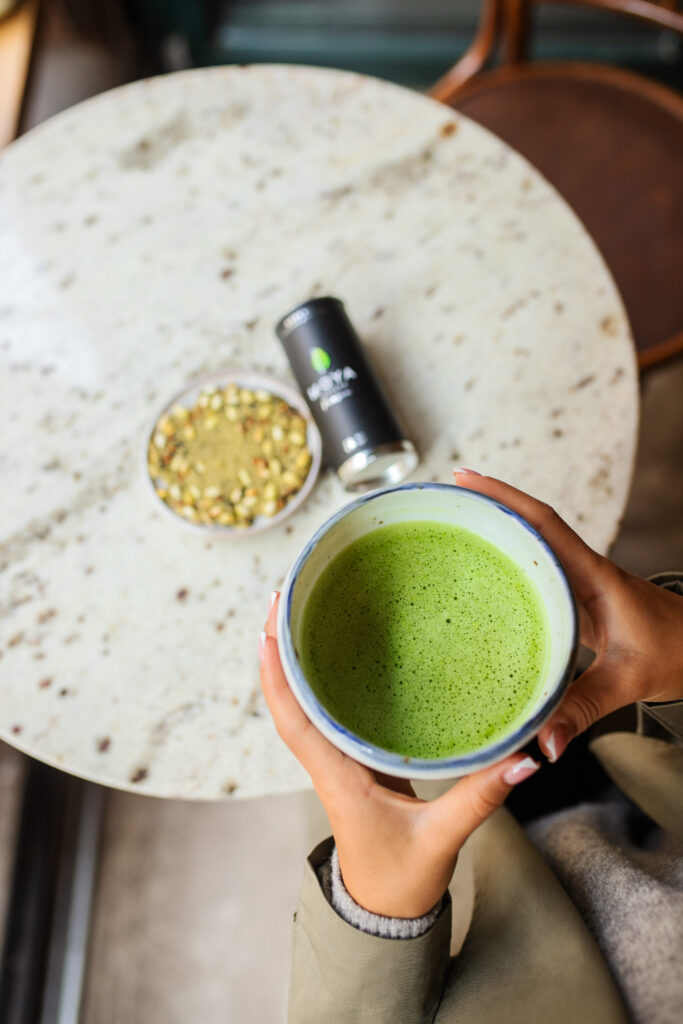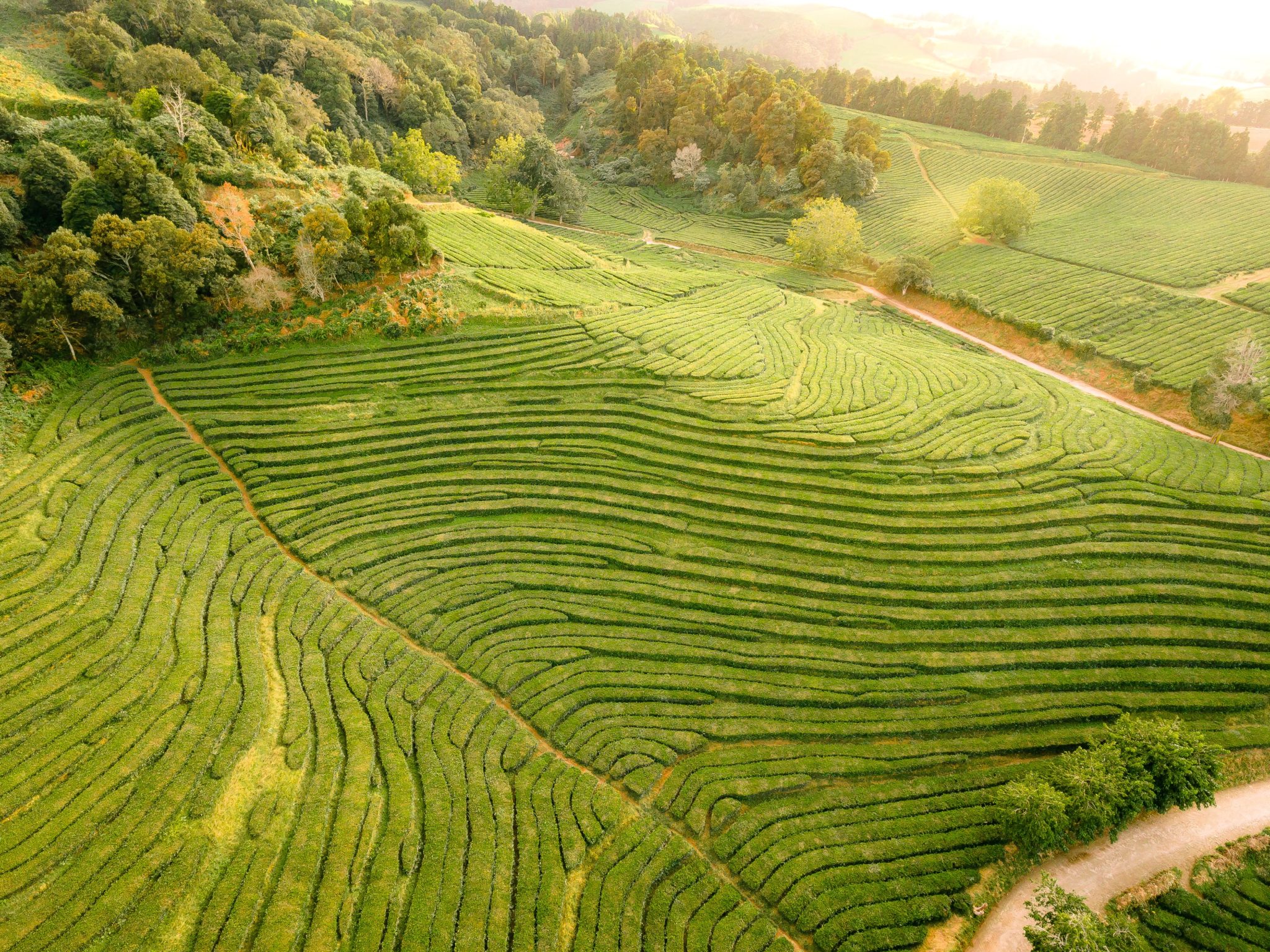..where from the 8th century its drinking was an element of social entertainment, in the 15th century it became the basis of a refined trend of life philosophy – Chado (in Japanese: The Way of Tea).
Esai realized that drinking matcha improved his Zen meditation sessions by producing a state of calm alertness. (Today we know this is thanks to the interaction of matcha’s caffeine and L-theanine). As the benefits of matcha become more widely recognized it became the basis for the sophisticated art of Japanese Tea Ceremony or “chado.”
Drinking matcha not only aided the meditation efforts of Zen monks but also became a means in attaining enlightenment itself. Sacrificing a bowl of the drink to Buddha was part of everyday temple practices. A modest form of the tea ceremony, which has survived to this day and its message of beauty contained in the simplicity evokes admiration also in the West, has emerged in the 16th century. It was a response to the ornate and sumptuous style that the Japanese aristocracy was particularly fond of and copied the Chinese patterns. Radical simplicity was encouraged, among other things, by monk Murata Shuko, who attained enlightenment at the moment when he realised that the eternal law of the Buddha is revealed by a mere gesture of filling the bowl with hot water. The beauty of the tea ceremony comes from harmony that arises between the minds of the host and their guests. The spirit of the tea is expressed in four concepts: peace, purity, respect and the above-mentioned harmony. A ceremony conducted in a proper way frees from worries, shows the perfection of nature and human activities.
A tea pavilion – an extremely modest building, almost austere in expression, with thin walls, flat roof and empty walls – is only a background for the careful practice of preparing and sharing the drink between the host and the guests. Focus on subtle, sensual experience is a celebration of transient beauty of objects and careful gestures.



Its unique properties, including its vibrant color, come from carefully followed traditional production methods.